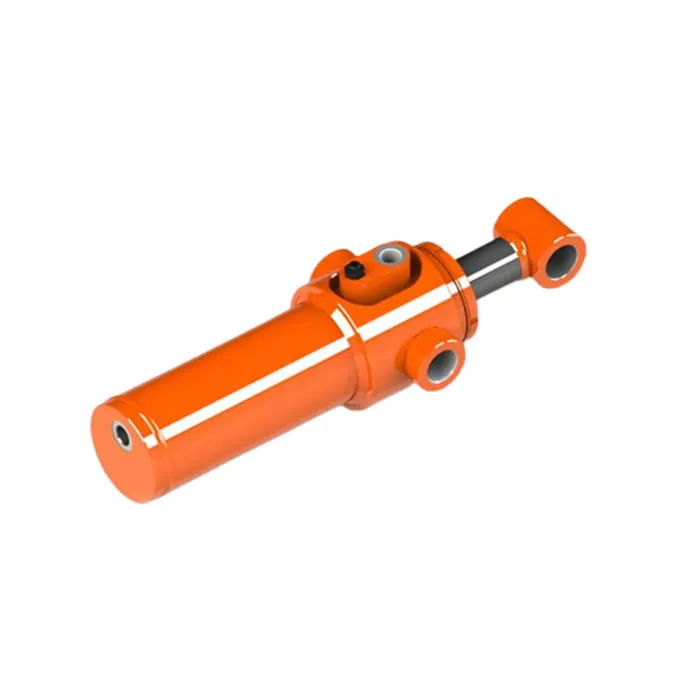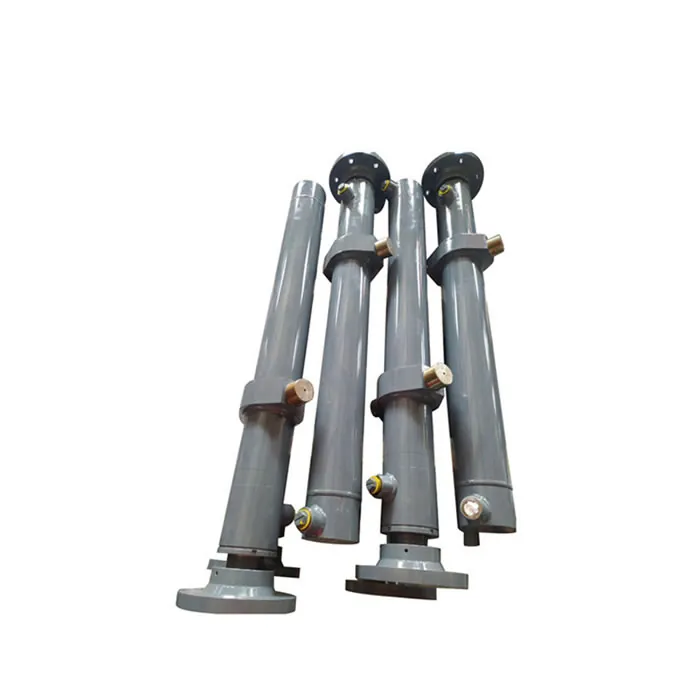Preventing Hydraulic Cylinder Misalignment
Introduction
hydraulic cylinder misalignment poses a significant risk of equipment failure, leading to costly shutdowns and irreparable damage.
Understanding the signs of misalignment and implementing design and engineering considerations can help prevent such issues.
Identifying Signs of Misalignment:
Detecting misalignment early is crucial for avoiding breakdowns. Signs include bent cylinder rods, scuff marks,
uneven wear, cocking or bowing during strokes, buckling mounts, and abnormal pin wear.
Design & Engineering Considerations:
Choose the Right Cylinder Mounts
Consider factors such as cylinder design, equipment goals, and specifications.
Options include vertical bit mounts, self-aligning mounts, spherical bearing mounts, and more.
Consult experienced hydraulic cylinder manufacturers for tailored solutions.
Calculate Load Carrying Capacity for Optimal Rod Size
Ensure components have the correct load capacity to maintain alignment.
Calculate load capacity by multiplying cylinder PSI by effective area.
Select rod size based on load requirements, following the rule that higher loads require larger rod diameters.
Incorporate Cylinder Stop Tubes
Address issues with long-stroke cylinders prone to side loading and misalignment.
Cylinder stop tubes provide additional bearing support and act as an alternative to oversized cylinder rods.
Conclusion
Preventing hydraulic cylinder misalignment requires a proactive approach through proper design and engineering considerations.
Choosing the right mounts, calculating load capacity for optimal rod size, and incorporating cylinder stop tubes can significantly enhance equipment
performance and durability.
Regular maintenance checks are essential to detect misalignment early and avoid costly repercussions.
Saivs brand
- Four Way Three Position (Spool-type) SV08-47A
- T6ED high pressure T6 Denison double oil hydraulic pump
- Dock Leveller - Power device
- Counterbalance Valves CBBA
- Radial piston motors Hagglunds CB
- Mobile Scissor Platform
- Rexroth Hydraulic pump A7VO 28 55 80 107 160
- A10VSO/31 Rexroth Hydraulic pump
- sai gm4 hydraulic motor radial hydraulic motor and hydraulic hoist motor oil pump
- Single drum 10000/11000/12000 lbs pounds 5T 5000kg hydraulic winch
Related News
- Types and Working Principles of Hydraulic Control Valves
- Understanding the Difference Between Hydraulic Pumps and Hydraulic Motors
- Utilizing Hydraulic Cylinders in Construction Projects
- How to Protect a Pressure Reducing Valve
- The Ultimate Guide to Hydraulic Cylinders: Types, Applications, and Buying Tips

